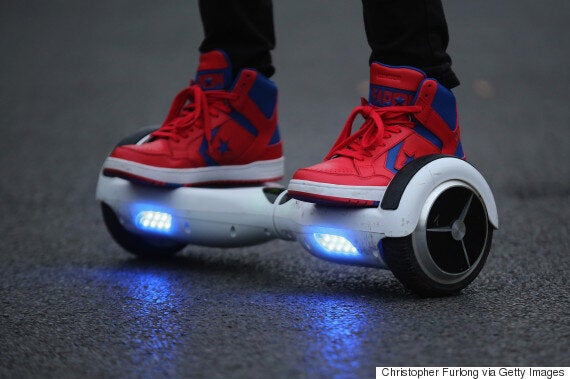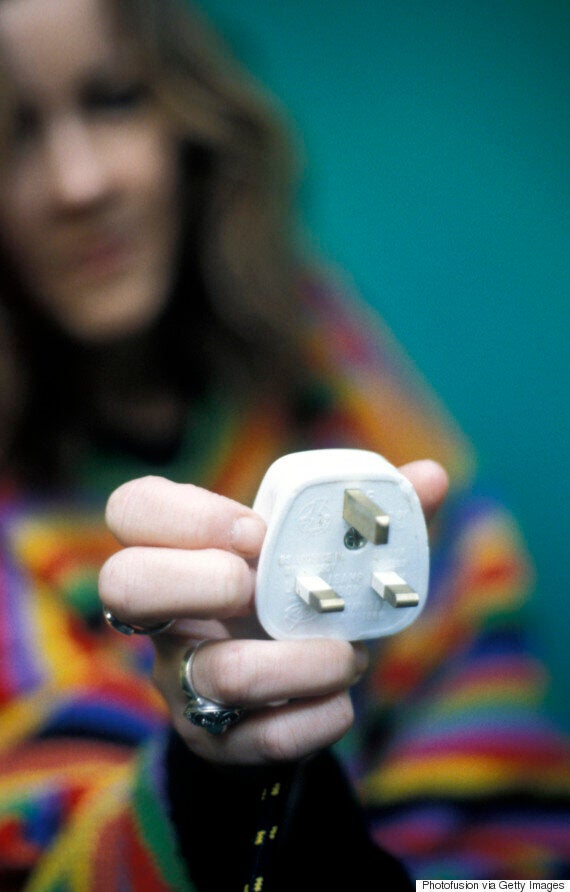Hoverboards have been getting a bad rap recently, despite all the endless hours of fun they provide.
Over the last seven weeks more than 15,000 hoverboards have been declared unsafe by Trading Standards, as the devices carry a risk of overheating, exploding or catching fire.
The main dangers, as you probably guessed, lie with the plug, cabling, chargers and battery.

To make things worse, 99 percent of IO Hawk hoverboards on the market are fake according to new research from NetNames - an agency that specialises in protecting brands from counterfeit.
This is obviously going to make Christmas shopping a lot harder this year.
SEE ALSO:
So, here are a few tips on how to spot a fake hoverboard.
1) The plug

According to Trading Standards, you "should check that the three pin plug on the device states it is made to BS 1363. If it doesn’t include this information, then don’t buy the product."
It is also important to look out for the shape of the plug. A hoverboard with a clover-shaped plug has been deemed unsafe, so you need to avoid this at all costs.
2) The manufacturer

Check the device for markings or traceable information, such as the name and contact details of the manufacturer and / or importer.
3) Online purchases

The institute have also provided a nice little checklist to go through if you are planning to buy a hoverboard online.
- Try searching for reviews of the product or the seller – do these seem genuine?
- Are there lots of spelling or grammar mistakes on the site? This can be a clue that a business is not professionally run.
- See if you can find out where the company’s head office is based – and whether that fits with how the website presents itself.
- Do they have a landline number you can call if there are any problems? Bear in mind that if the company is based abroad, it can be more difficult to get a complaint dealt with or return a faulty product.
- Read the small print – notice if anything seems odd, repetitive or in incorrect English.
- Is there an ‘s’ at the end of the ‘http’ part of the web address, or is there a padlock symbol in the task bar? This means the website is using an encrypted system that keeps your details more secure.